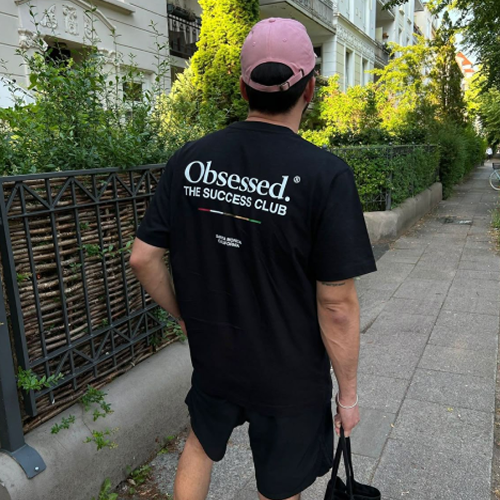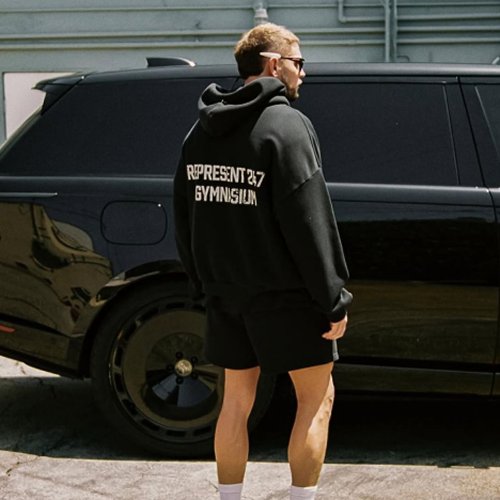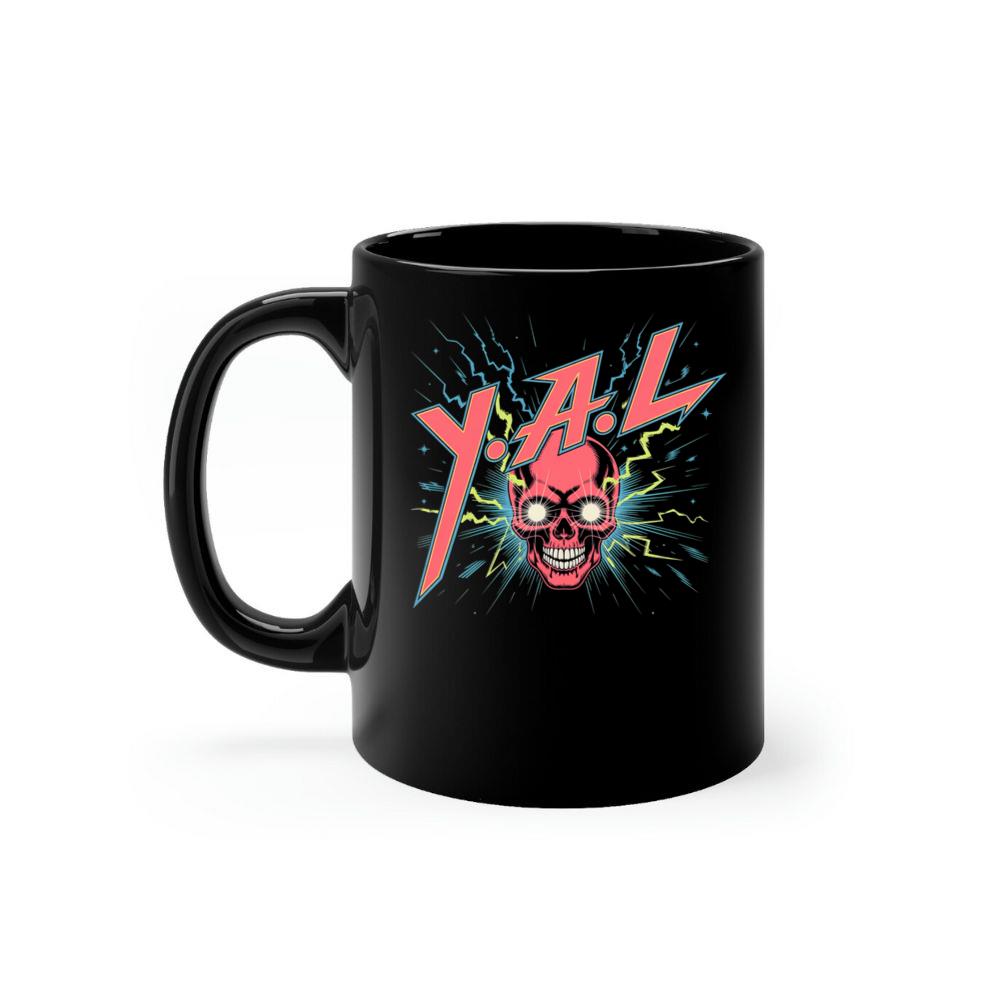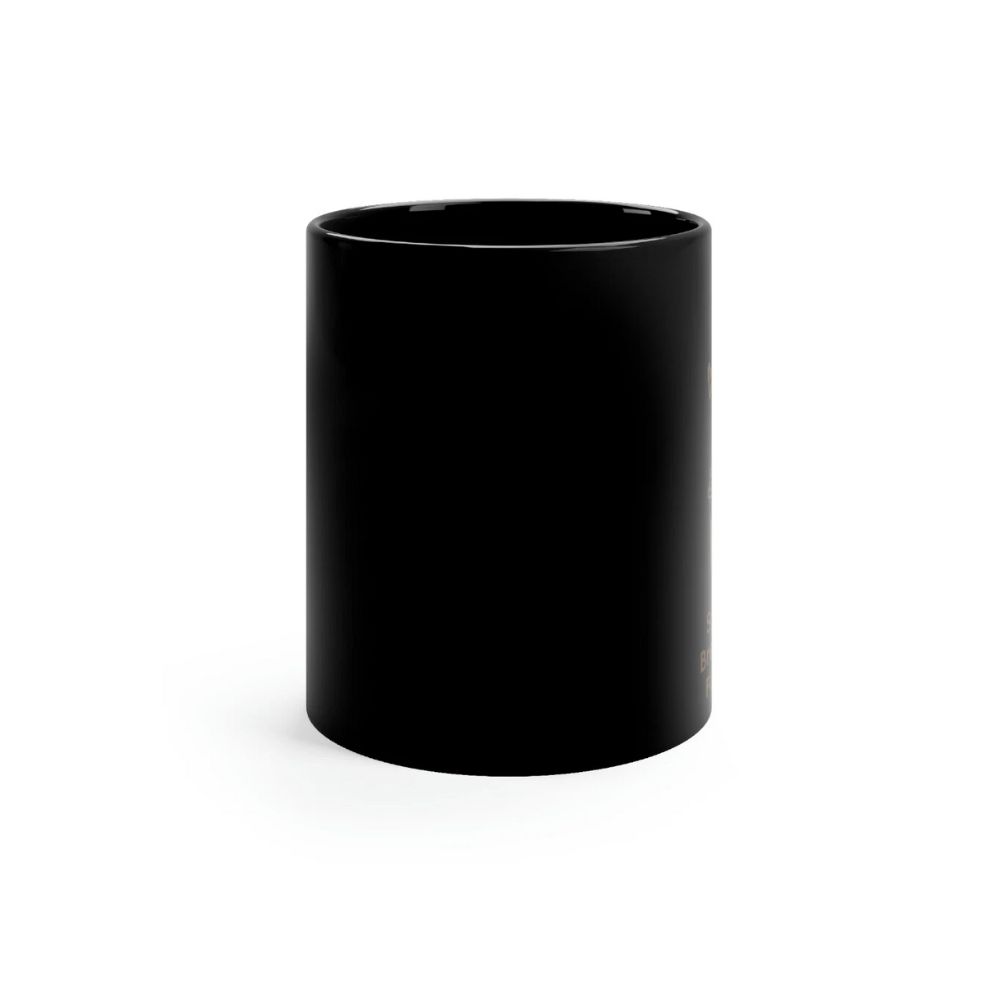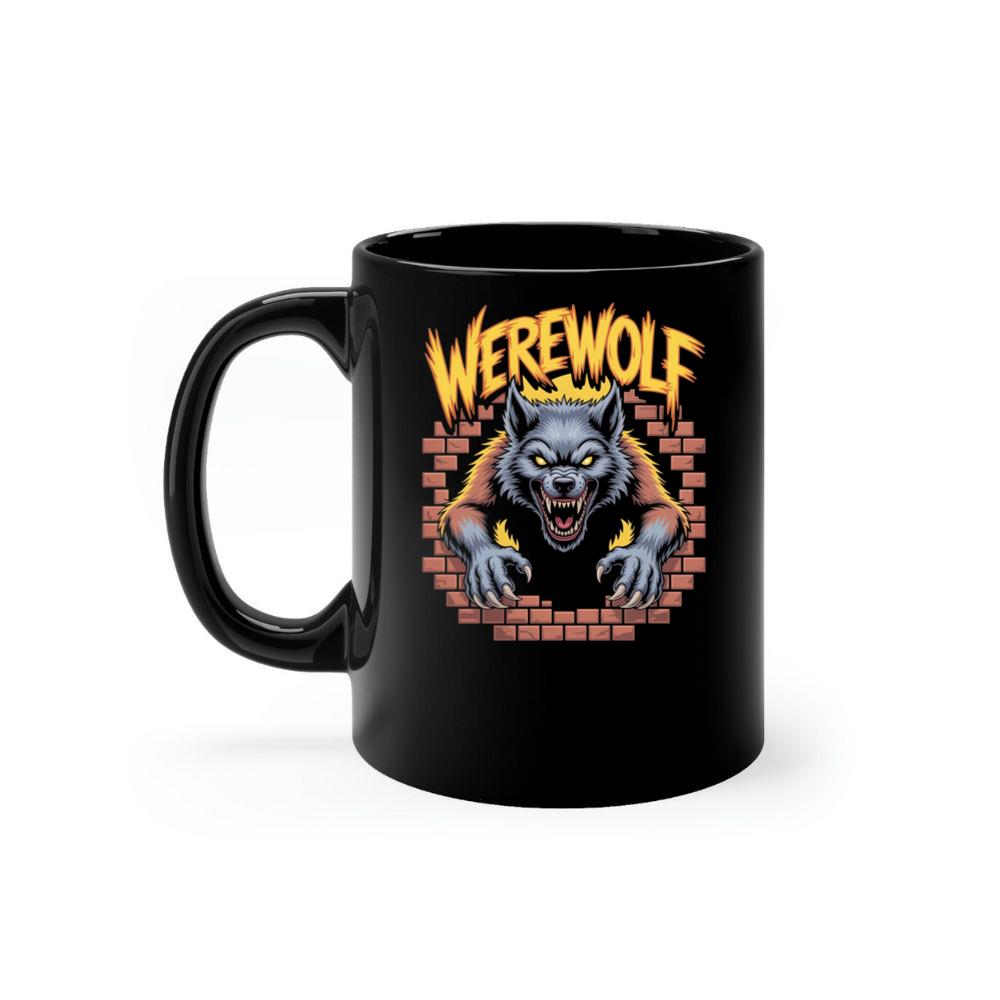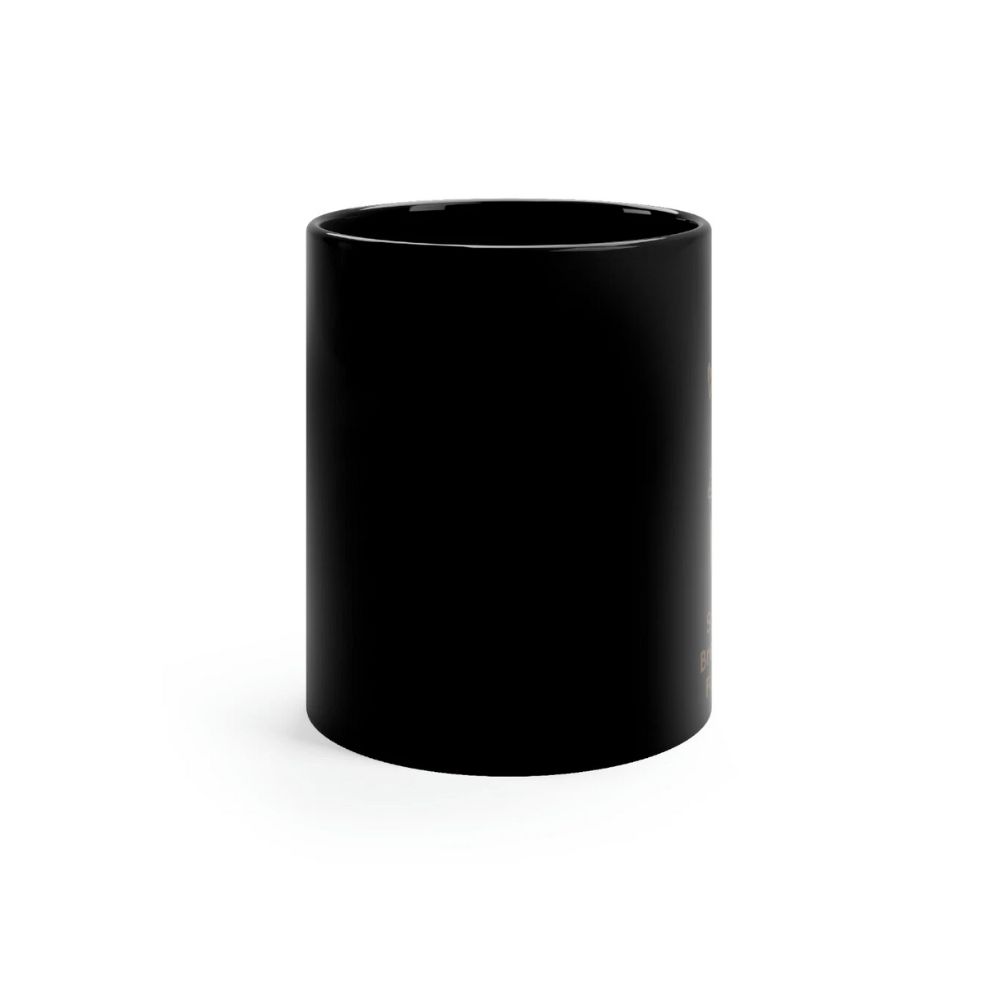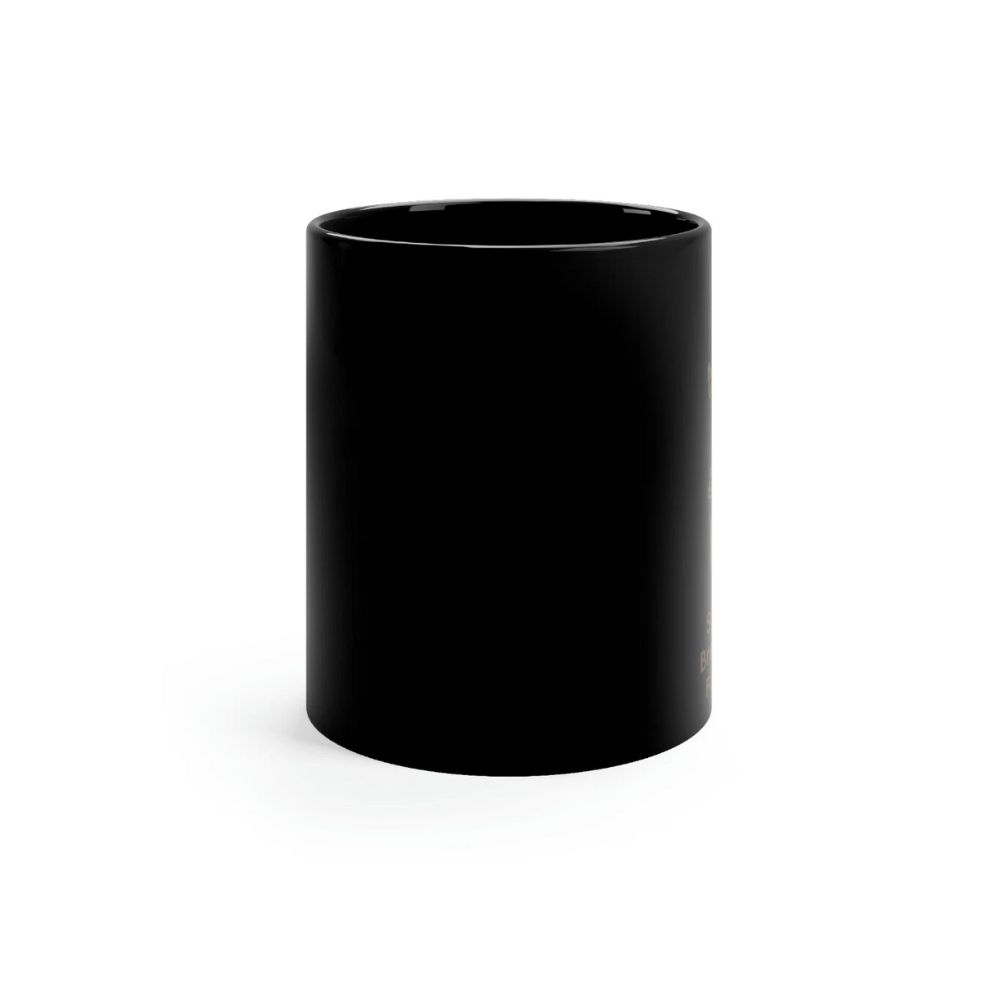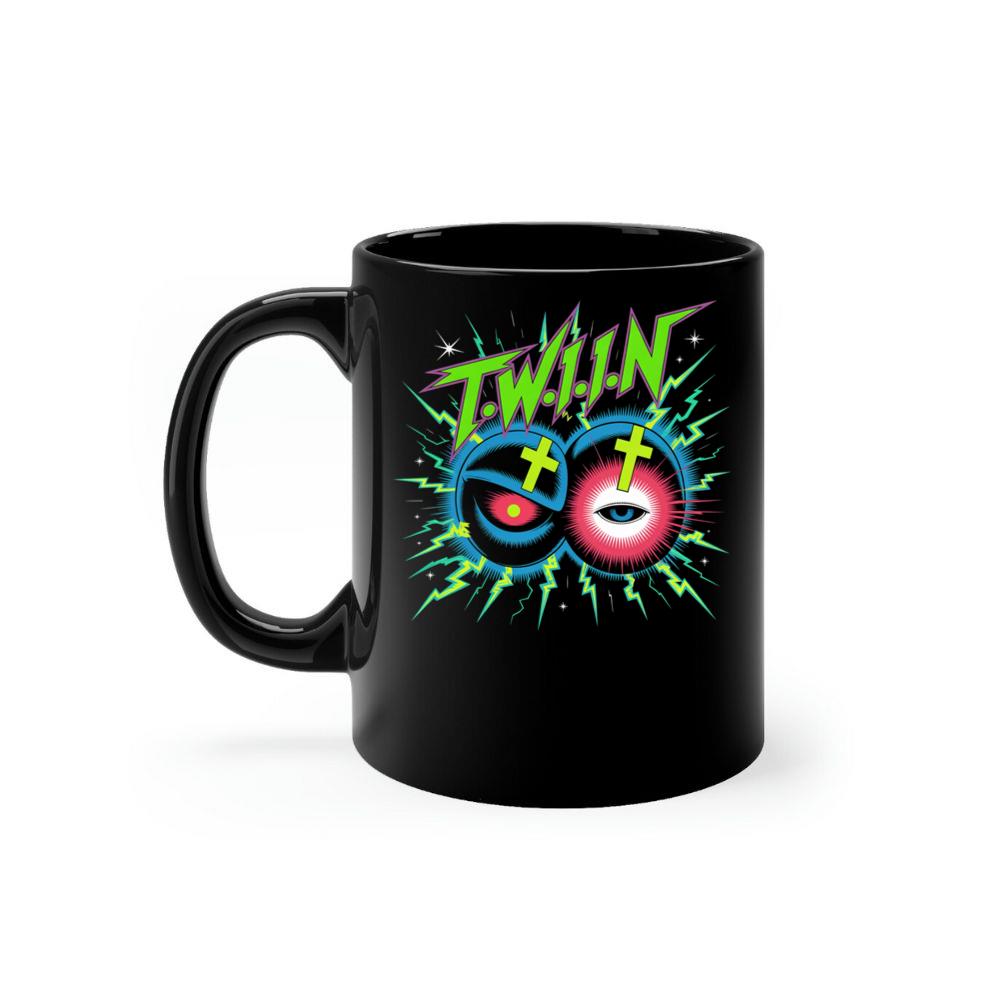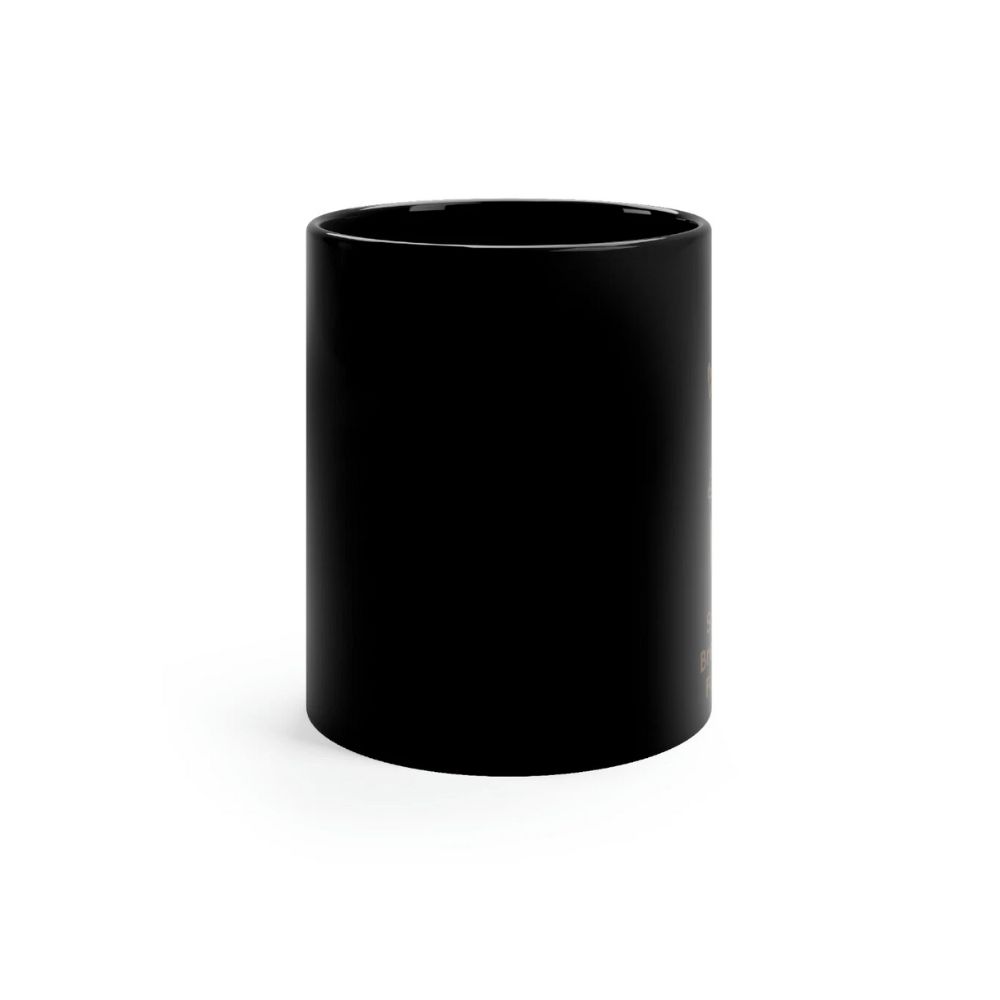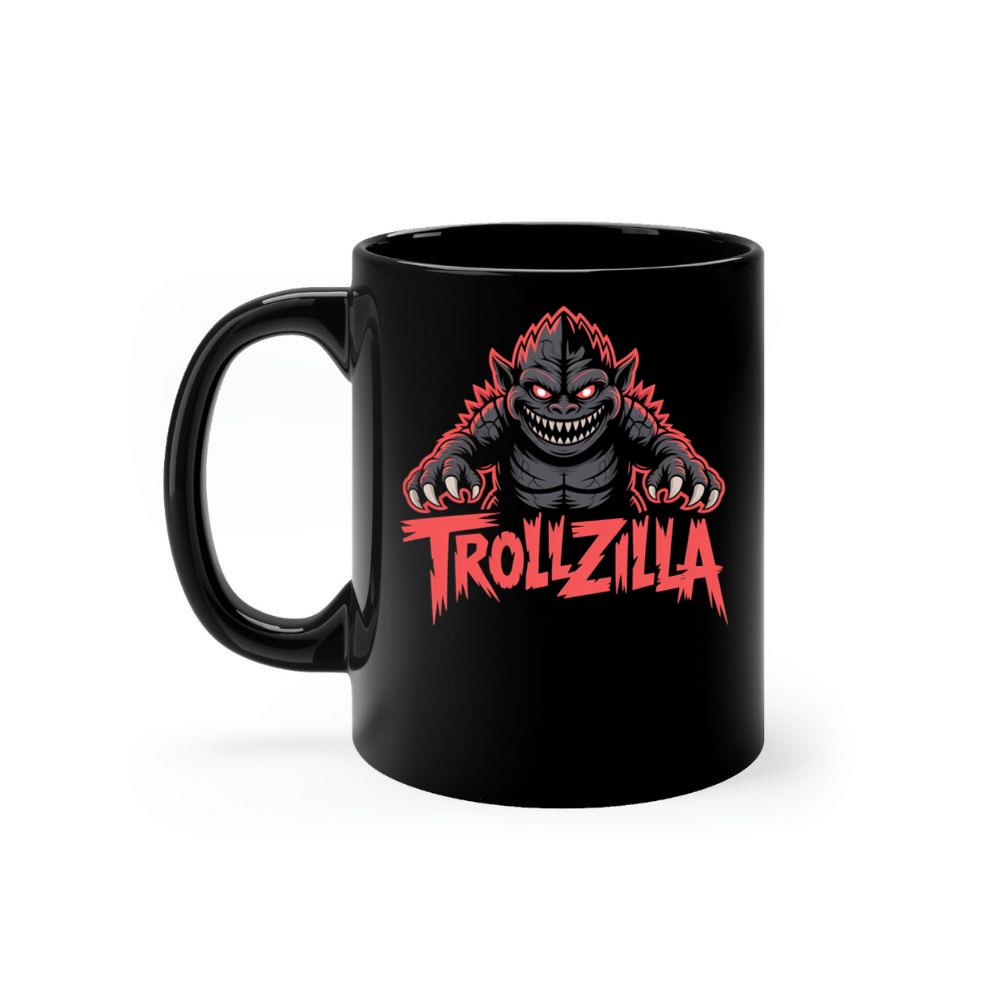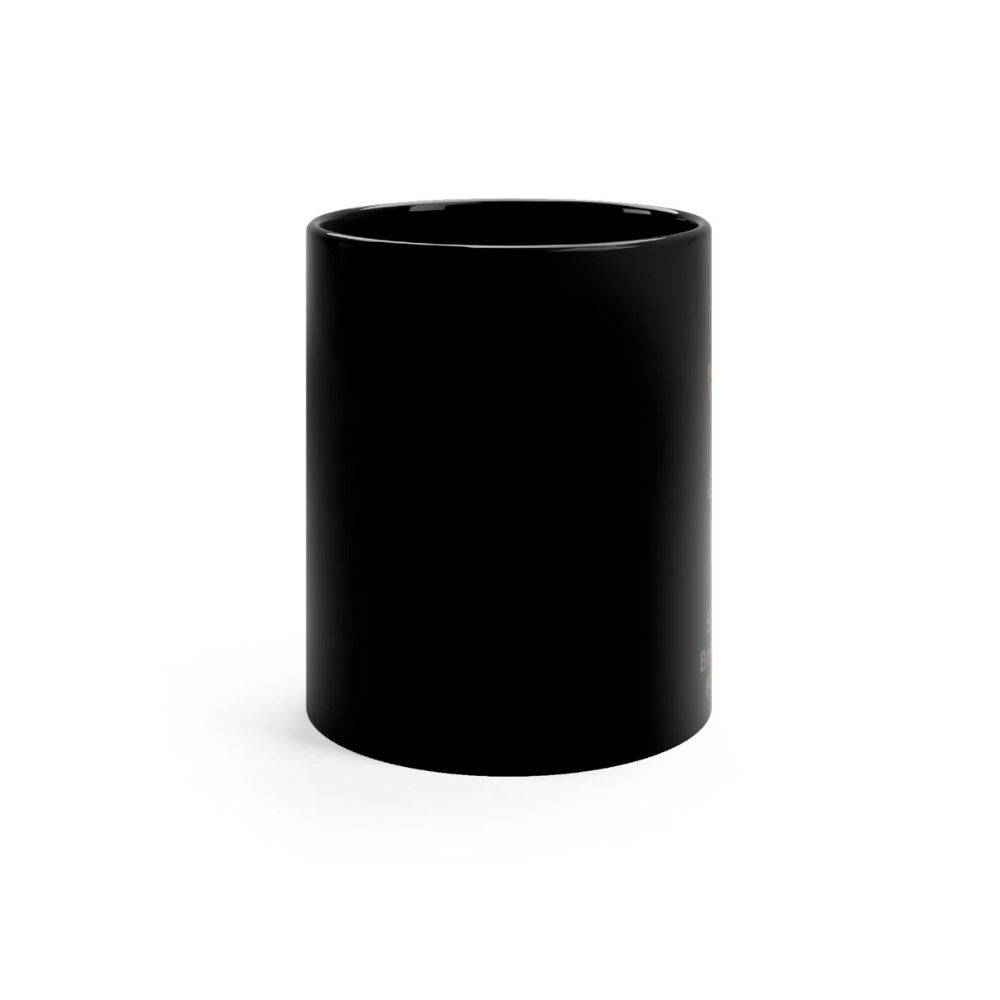- Introduction – The Age of Effortless Identity
There was a time when dressing well meant following a rulebook — blazers for respectability, jeans for rebellion, and suits for success. But the year is 2025, and the rulebook is gone. What remains are two humble garments — the hoodie and the T-shirt — now elevated to the status of global uniform.
They have transcended categories.
They are no longer “casualwear”; they are identitywear.
They belong to everyone and to no one — worn by CEOs and skaters, artists and athletes, coders and creators.
The modern uniform isn’t dictated by authority; it’s chosen by comfort, function, and emotion. And that’s why hoodies and T-shirts have won the 21st century.
- From Utility to Universality
Originally designed for the working class and the military, both garments have traveled a fascinating road to ubiquity.
The T-shirt, born in the U.S. Navy around the early 1900s, was meant as a practical underlayer. It kept soldiers cool and allowed freedom of movement.
The hoodie, introduced in the 1930s by sportswear company Champion, was a functional innovation — a warm, protective garment for athletes and laborers working in cold conditions.
By the 1970s, these items had left their utilitarian roots behind. The T-shirt became a statement piece in rock ‘n’ roll and counterculture movements. The hoodie was claimed by hip-hop and skate scenes as armor and symbol — something you could wear while breaking rules or breaking free.
In 2025, they’ve evolved beyond rebellion. They’ve become neutral tools of expression — the blank pages on which every individual writes their own style story.
- The Post-Formality Era
As hybrid work reshaped the world after the pandemic, formality lost its monopoly. Comfort became power.
Corporate dress codes collapsed under the weight of practicality. A hoodie in the boardroom no longer signals disrespect; it signals innovation. A T-shirt under a tailored jacket isn’t lazy — it’s modern.
In fact, dressing down became the new dressing up. The unspoken message: “I’m confident enough not to need the armor of formality.”
By 2025, style is about honest presentation.
And the hoodie and T-shirt — minimal, familiar, versatile — are the purest forms of that honesty.
- Comfort as Cultural Capital
The global style conversation has shifted from luxury to emotional well-being.
People no longer want clothes that impress others; they want clothes that make them feel grounded.
A hoodie gives that sense of protection — a soft barrier against overstimulation.
A T-shirt gives breathability, lightness, and a sense of neutrality.
Comfort has become a form of sophistication. Wearing what feels right, rather than what looks forced, is the new prestige.
In 2025, we don’t buy status; we curate serenity.
- The New Professionalism
Walk into a creative office in New York, a tech hub in Singapore, or a co-working space in Berlin, and you’ll notice the same thing: the modern professional uniform is built on hoodies and T-shirts.
The combination represents a mindset shift:
Collaboration over hierarchy
Individuality over conformity
Outcome over appearance
The modern professional doesn’t wear a uniform to fit in — they wear one to stand out authentically.
And while the old world valued perfection, the new one values presence. A slightly oversized tee or a perfectly weighted hoodie tells the world you know who you are — and that’s enough.
- The Rise of Emotional Uniforms
We no longer wear clothes simply to cover the body; we wear them to connect the mind.
In this sense, hoodies and tees have become emotional uniforms.
They reflect mood, state of mind, even creative flow.
A heavyweight hoodie on a rainy Sunday = introspection.
A crisp white tee on a sunny morning = clarity.
A vintage graphic tee = nostalgia and rebellion.
These aren’t fashion choices; they’re emotional cues.
And as mental health and mindfulness dominate cultural conversation, the garments that align with emotional clarity naturally rise in relevance.
- Genderless, Borderless, Timeless
Few garments have achieved what these two have — total inclusivity.
They are genderless: a hoodie looks equally confident on a man, woman, or nonbinary wearer.
They are borderless: worn from Lagos to London, from Hanoi to New York.
They are timeless: immune to seasonal obsolescence.
This universality is rare in fashion — an industry built on exclusivity. Yet, the T-shirt and hoodie manage to remain democratic and aspirational at once.
You can find them in thrift stores and luxury boutiques, in minimalist brands and maximalist collections.
They unite the spectrum of style — the common language of the modern human.
- Streetwear’s Graduation to Modern Uniform
The 2010s saw the explosion of streetwear, but 2025 marks its maturity.
Streetwear no longer defines rebellion; it defines relevance.
The hoodie and T-shirt, once countercultural, are now foundational.
They’re no longer seen as “street” but as core building blocks of modern aesthetics.
From Balenciaga’s sculptural hoodies to Fear of God’s elevated tees, fashion has found sophistication in simplicity. Even legacy brands like Prada and Dior now reinterpret these basics as canvases for innovation — structured tailoring, premium jersey, recycled cashmere blends.
Streetwear has grown up — but it never lost its soul.
- The Visual Language of Minimalism
As social media saturated our lives with excess — filters, edits, noise — a counter-aesthetic emerged: visual calm.
Minimalist dressing became a form of rebellion against the chaos of digital life.
The hoodie and T-shirt fit perfectly into this new grammar.
Solid colors = confidence without screaming.
Perfect fit = intentionality over attention.
Texture = subtle luxury.
Their quiet presence communicates restraint, which in turn communicates control.
The new visual power is not in logos, but in line, shape, and drape.
- The Fit Revolution – Sculpting Identity
The perfect hoodie or tee isn’t about trend — it’s about proportion.
In the last few years, fit has evolved into a personal fingerprint.
Oversized silhouettes express creative freedom; cropped or structured fits show sharpness.
Every millimeter of hem and sleeve carries intention.
2025’s modern uniform relies on this subtlety. It’s not what you wear, but how it falls on you.
It’s how fabric and body form a conversation — one that only authenticity can sustain.
- Sustainable Comfort – The Conscious Uniform
As fashion’s ecological footprint comes under scrutiny, consumers are turning toward quality over quantity.
A single well-made hoodie or T-shirt, ethically produced, now holds more value than five fast-fashion imitations.
Organic cotton, bamboo blends, and recycled fibers dominate new collections.
This sustainability mindset doesn’t just reflect environmental awareness — it represents emotional sustainability.
We’re learning to hold onto garments that hold meaning.
A good hoodie doesn’t age — it develops character.
- Hybrid Dressing – Blurring Style Boundaries
The modern wardrobe isn’t compartmentalized.
You don’t have “work clothes” and “weekend clothes” anymore — you have versatile identities.
A fitted tee under a blazer works for a meeting.
A hoodie layered with a trench coat fits a gallery opening.
The same pair of trousers complements both.
Fashion is no longer about changing who you are depending on context. It’s about adapting your comfort to any situation.
That’s the power of the new uniform — seamlessness.
- The Psychology of Simplicity
There’s science behind our attraction to simplicity.
Cognitive studies show that the human brain finds calm in visual order and predictability.
That’s why reaching for a hoodie or T-shirt feels emotionally stabilizing — it’s one decision that removes a thousand others.
Like Steve Jobs and Mark Zuckerberg, many creative professionals embrace “uniform dressing” not as monotony, but as mental clarity.
Simplicity is not absence of thought — it’s mastery of it.
- Cultural Adaptability
The hoodie and tee have achieved something extraordinary — they’ve adapted across every culture without losing identity.
In Japan, they’re refined through precision tailoring.
In France, they’re paired with luxury accessories for balance.
In the U.S., they symbolize freedom and casual genius.
In Vietnam or Thailand, they’re essential for tropical comfort and local layering.
Every culture reshapes them — and yet, they remain universally recognizable.
This adaptability cements their role as global cultural bridges.
- The Emotional Legacy of Familiarity
There’s something profoundly nostalgic about slipping into your favorite hoodie or tee.
It remembers you — the shape of your shoulders, the curve of your posture, the rhythm of your movements.
Over time, these garments become more than fabric.
They become archives — of travels, heartbreaks, late nights, and lazy mornings.
This emotional patina gives them an authenticity that luxury can’t manufacture.
The modern uniform isn’t about chasing novelty — it’s about cultivating familiarity.
- The Future of the Uniform
Looking ahead, the modern uniform will continue to evolve — not as trend, but as philosophy.
It represents balance between design, emotion, and sustainability.
Expect to see:
Advanced tech fabrics that regulate temperature and adapt to environment.
Modular silhouettes — hoodies that unzip into vests, tees with interchangeable sleeves.
Ethical luxury emphasizing craft and comfort over logos.
The next frontier of fashion won’t be louder — it will be smarter, softer, and truer.
- Conclusion – The Power of Being Uncomplicated
In 2025, the hoodie and T-shirt have done the impossible: they’ve turned simplicity into status.
They’ve proven that the most powerful form of style isn’t about standing out — it’s about being aligned.
Aligned with comfort.
Aligned with authenticity.
Aligned with a world that values presence over perfection.
The modern uniform isn’t a trend; it’s a declaration —
That you can be yourself and still be stylish.
That you can be comfortable and still be confident.
That fashion doesn’t need to shout to be heard.
Sometimes, the quietest outfits carry the loudest truths.

